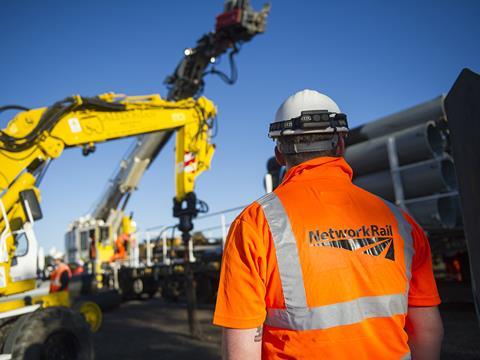[ad_1]

UK: Network Rail has published its Strategic Business Plan setting out how it intends to spend £44bn on operating, maintaining and renewing the rail network in England and Wales during Control Period 7, which runs for five years from April 1 2024.
The SBP published on May 19 follows on from the Department for Transport’s publication in December of its High Level Output Statement setting out what the government wants the railway to deliver in CP7, and the Statement of Funds Available.
Capital projects to enhance the network are funded separately on a case-by-case basis and no longer form part of Network Rail’s five-year settlement.
Industry regulator the Office of Rail & Road will now review the initial SBP against the government’s HLOS and SoFA, and publish its draft determination later in the year including targets, measures and incentives it will hold Network Rail to deliver.
Scotland is treated separately. Scottish ministers’ HLOS and SoFA was published in early February, and NR aims to publish its SBP for Scotland this summer.
Strategic Business Plan
NR said the plan for England and Wales includes:
- recognition of the need to improve performance over the remainder of CP6 and give passengers and freight users the highest level of train performance possible in CP7;
- renewal of lifts and escalators, improving lighting and passenger information systems to improve personal security and safety;
- more than doubling to £1·6bn the investment in tackling climate change and making the network more resilient and sustainable. This includes investment in earthworks and drainage renewals, the creation of dedicated earthworks and drainage teams, operational weather expertise, climate change adaptation strategy investment and continued investment in the Weather Risk Taskforce;
- investment in the reduction of emissions, targeted Net Zero initiatives, and meeting government objectives for biodiversity, air quality and waste;
- targeting efficiencies of £3·4bn — the plan notes ‘with the impact of inflation and constrained public finances, our funding will need to go further than ever before’;
- investing in technology including on-train infrastructure condition monitoring to reduce the need for people on the track;
- investing £1·85bn in next-generation signalling;
- an ‘ambitious but realistic’ target of 7·5% growth in rail freight;
- laying the foundations for the creation of Great British Railways.
‘Our plan for CP7 is ambitious, focussed on our passengers and customers and reflects the current complexities and challenges facing the industry’, said CEO Andrew Haines. ‘There will no doubt be obstacles ahead and I look forward to working collaboratively with the sector to deliver this plan, reshape the industry and build a railway that is fit for the future.’
The Railway Industry Association said the Strategic Business Plan can help businesses plan ahead and deliver work as efficiently as possible, but called for earlier publication of future plans as this one had been published later than usual in the five-year funding cycle. This ‘may make it more challenging for companies to make the full preparations they would normally be able to make’.
[ad_2]
Source link
